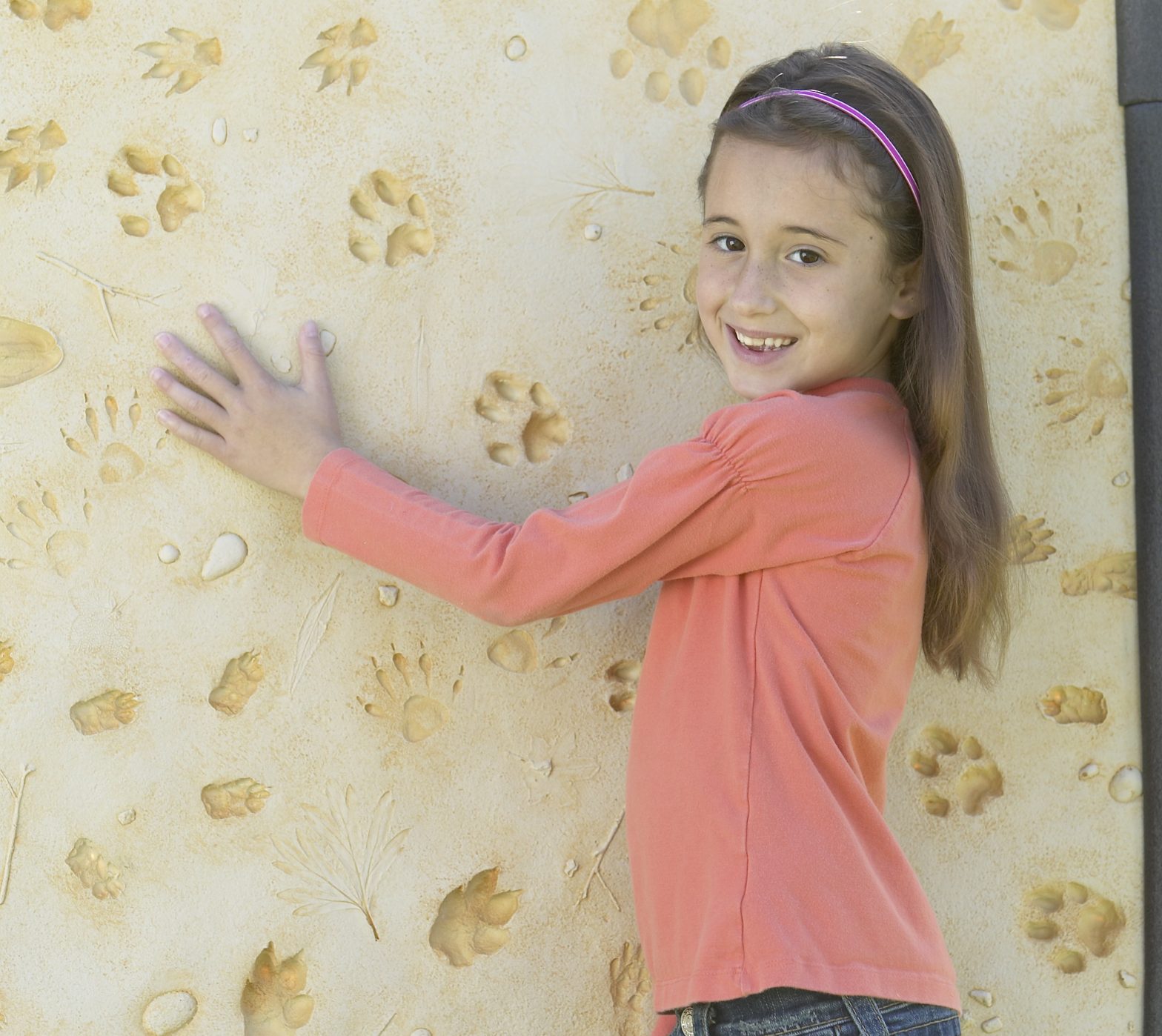Whether you’re trying to teach wilderness survival techniques, or merely encouraging children to appreciate the natural world around them, teaching them how to identify animal prints is a great activity. Many children don’t realize just how many animals visit their schoolyard, or even their backyard, at various times during the day and night. If we can help teach children about
Learning to identify prints and animal tracking is a fun activity for almost all ages – once you can pull their eyes away from their smartphones. Here are a few tips for getting kids interested in animal track identification.
Five Ways To Get Kids Interested In Animal Prints And Tracking
1 – Start in the snow, if possible
For beginners at
2 – Treat it like a mystery
“Look! There are paw prints in the snow! I wonder who left them…?” Animal tracks are concrete evidence of previous animal visits, so for deductive-minded kids this is an invitation to start trying to figure out the sequence of events. Who were the mysterious nighttime visitors? What direction were they headed in? Why do you suppose they were heading that way?
3 – Use game elements
Children like video games, and game-like comparisons can help them make the connection. For example, if a child loves hunting Pokemon, that can often be translated into a search for real-world animals. Or, use items such as animal print bingo cards to turn your hunt into a more literal game.
4 – Role-play
Doing a little role-play is another great way to present the concept of animal tracking. You could pretend it’s the past and they must rely on hunting for food and survival.
5 – Incorporate educational materials to help make it instructional
Track molds can be a fun activity by their own, while also helping children get a better grasp on what various animals’ feet look like. Stamp kits or rubbing plates are also good ways to get more hands-on with the tracks.
No matter how you choose to present it, learning to find and identify animal tracks is a great educational activity that children can enjoy year-round!
Related: Shop Animal Track Stamps, Products & Activities
Nature Watch: Your Go-To Source for Animal Track Identification Kits
Nature Watch encourages children of all ages to get in touch with their natural surroundings! With activities that foster a love of the outdoors and environmental sciences that can be initiated indoors and out, educators trust Nature Watch to provide the most engaging crafts and accessories to make learning fun. Click here to see our full range of nature education materials, books, and other teaching tools.




